HERBS AND SPICE DEFINITIONS
The term “herb” has many definitions. It is often defined botanically as an annual, biennial or perennial that does not produce persistent woody tissue. This, however, would leave out many aromatic trees and shrubs that are often used as herbs. A broader definition might be any plant or plant part that is used for its culinary, cosmetic, medicinal or aromatic qualities. Spices tend to be more aromatic or fragrant than herbs and have a pungent taste. Spices are generally produced from flowers, fruit, seeds, roots or bark, while herbs are generally made of fresh or dried leaves, although there are some exceptions.
GROWING CONDITIONS
A 10 feet by 12 feet area generally supplies ample space for an herb garden for an average-sized family. It’s wise to devote one side of the garden to perennials and biennials and the other side to annuals, which need to be replaced each year. Many herbs, however, are well suited to an edible landscape where their dual natures can be exploited. Good examples include perennial sage with its purple flowers and savory leaves, and Florence fennel, whose long, fern-like aromatic leaves surround stems topped with small yellow flowers in an umbel-shaped head. Soil for an herb garden should be well prepared. Early in the spring, fertilize the soil with a balanced fertilizer and ample quantities of compost. Bed design varies according to the mature sizes of the select plants and the watering technique. Best results are generally achieved with drip irrigation and mulch. Wood shavings, straw, pecan hulls, dry bluegrass clippings or other organic mulches help cool the soil, reduce water evaporation and salt buildup, discourage annual weeds and reduce the amount of soil splashing up on leaves. Planting depth and distance between plants varies with herbs. Some herbs are best propagated vegetatively. Insects and diseases are rarely serious problems on most herbs.
PREPARING HERBS AND SPICES
Stems, flowers, and leaves can be tied together for curing in small bundles and hung upside down in a dry, shady location (such as a garage, shed, or kitchen) until dry. Leaves and flowers also can be dried in a shallow tray in the shade. Dry leaves and flowers can then be pulverized by rubbing them between the palms and fingers. Store in airtight glass containers in the dark. Seeds from plants such as coriander, anise and dill can be collected by placing the dry heads in a paper sack and separating the seeds by hand.

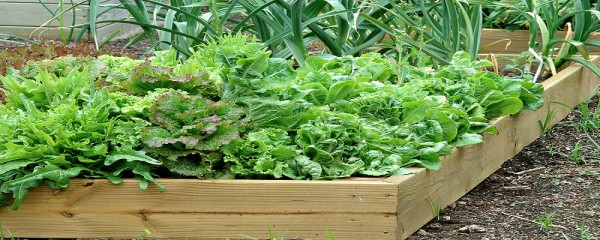
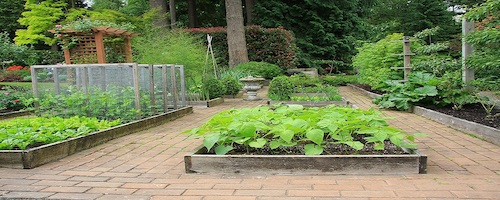
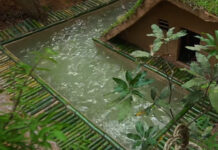


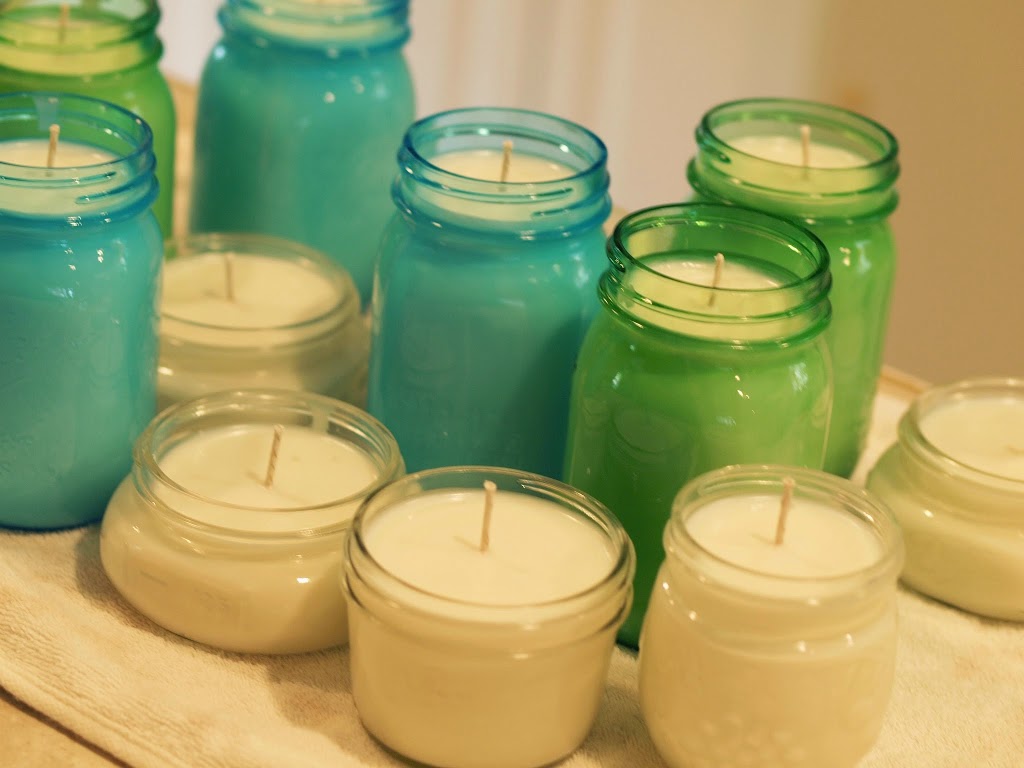
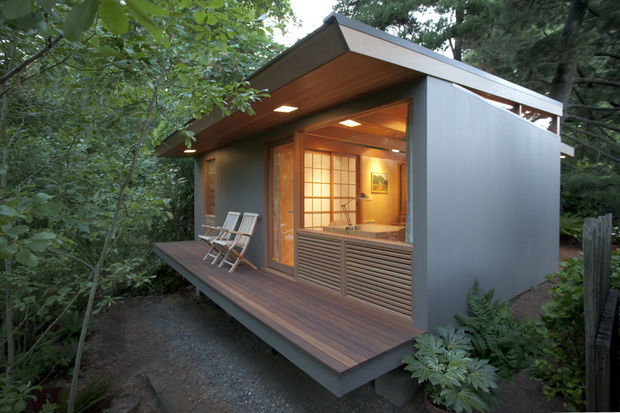

[…] also healthy so it really is a win win situation. Spring is here and this is a great time to add an herb garden. This is an easy way to get started losing weight and adding nutrients to your […]